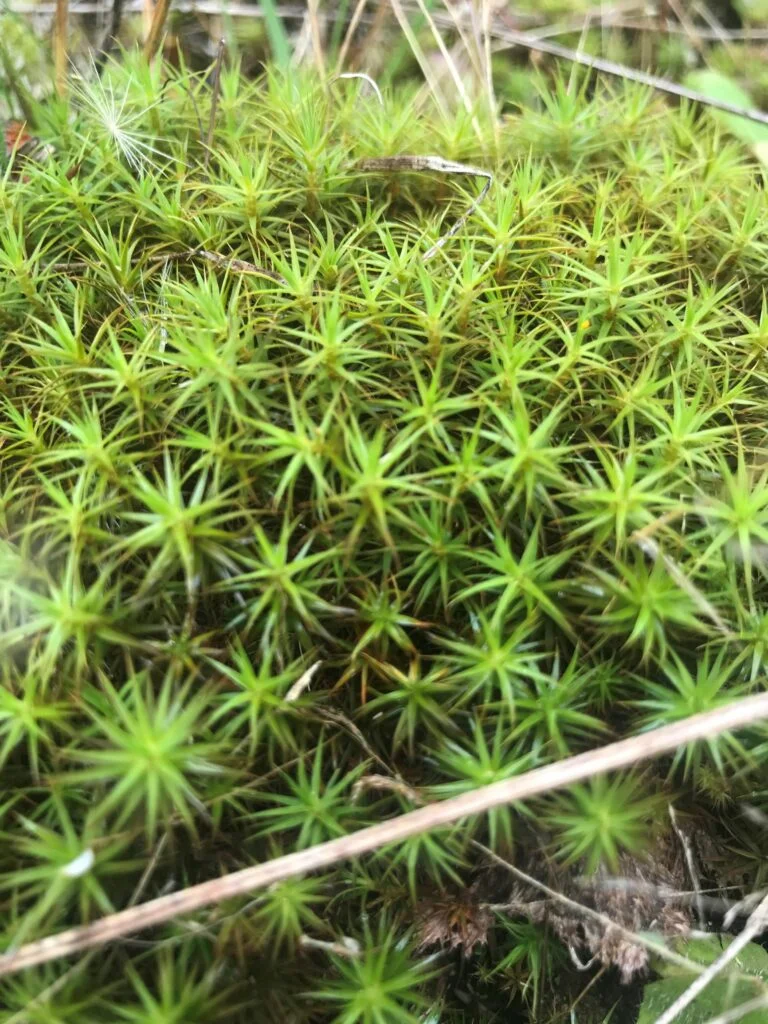JBLM’S FISH AND WILDLIFE INTERNSHIP
Ecological controlled burns on the JBLM training areas.
October 2, 2020
If you’re interested in the JBLM Fish and Wildlife internship program, or want to go TDY for a transition internship, this is for you.

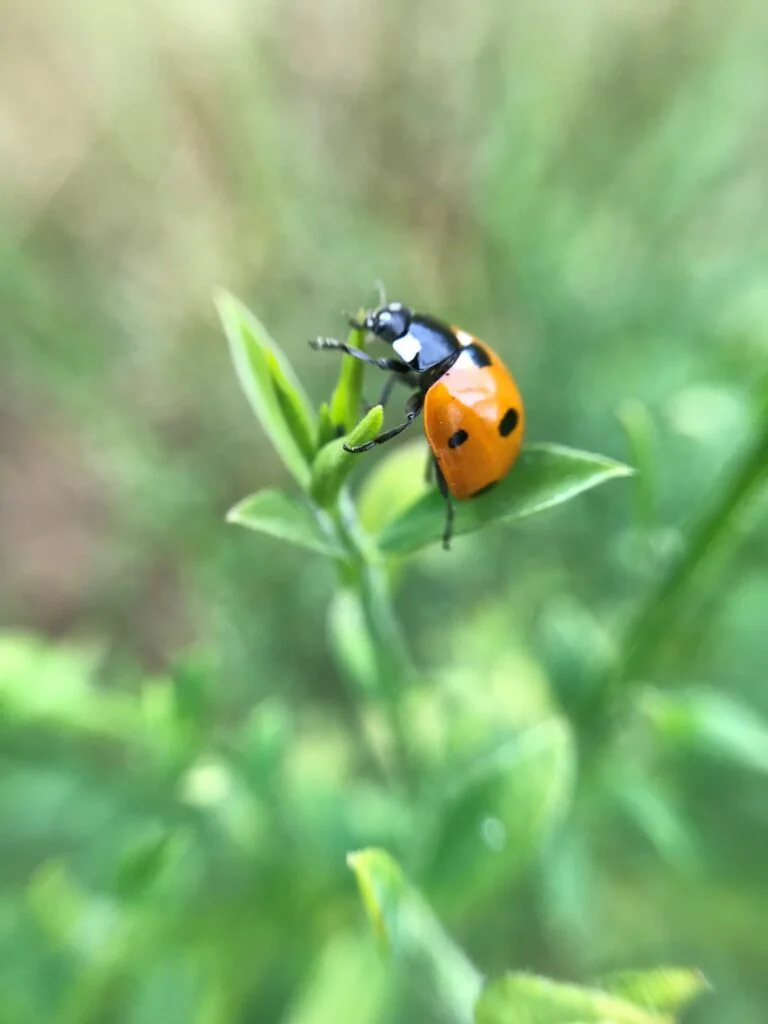
This post is a bit niche, as it really is for those who are interested in the JBLM Fish and Wildlife Internship program, but there’s also some good information and documents to look through if you’re generally interested in CSP. Several of the documents I collected pertain specifically to going on PTDY for an internship, so if that sounds like something you may want to do, give this a read! **PTDY in the context of transition internships is self-funded**
This internship was an incredibly positive experience for me and I know there are people out there who would truly benefit from this particular internship. So, I’m sharing all of the information that I currently have; and a more complicated piece–how to do this internship if you aren’t stationed at JBLM. This internship is for people interested in any of the following: forestry, wildland firefighting, botany, wildlife biology, habitat restoration, ecology, game management, and environmental education.
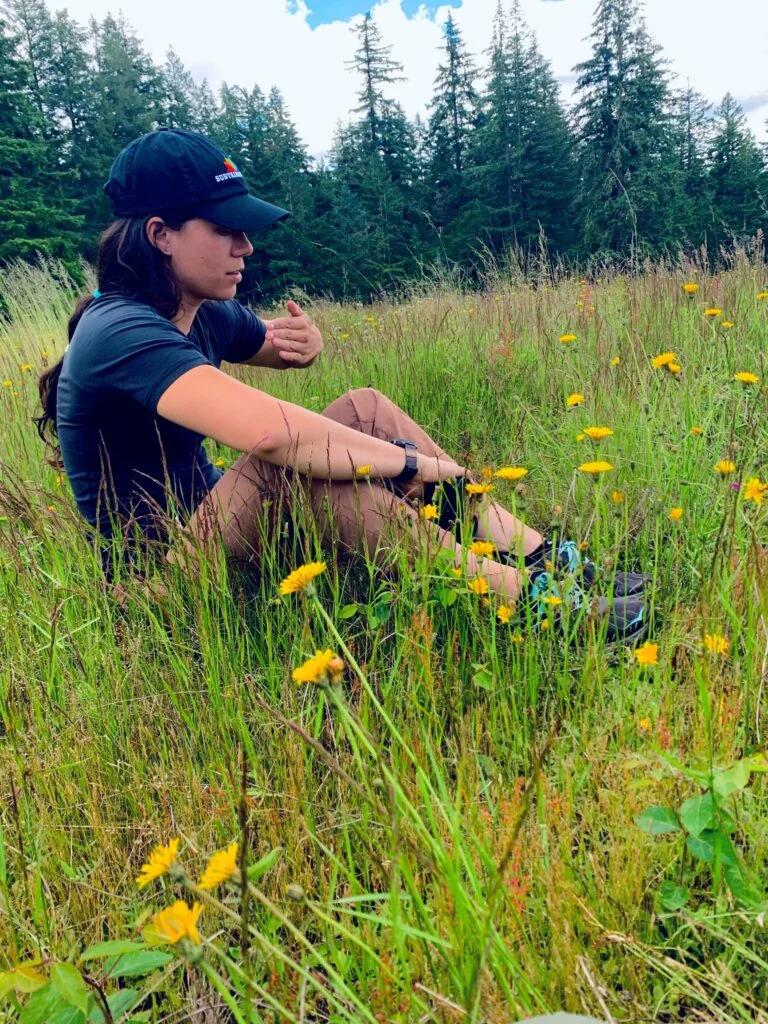

For a bit of context, my experience was quite recent. I started the internship on 1 June 2020 and did this program through September 2020. Most people participate in this program through the Career Skills Program (CSP). Here is the Army’s officially published information I found on the CSP to include points of contact. I personally didn’t use CSP and was able to work directly with my battalion commander and the internship coordinator using a memorandum of agreement that you can find in the “Resources” section below. Depending on your installation and chain of command, most of you will likely use CSP. Especially if you’d like to go on TDY to JBLM for this internship.
From what I’ve heard from friends and coworkers across the Army, your ability to participate in an internship is unfortunately very dependent on your chain of command. That’s just reality. I was very lucky to have a chain of command who was willing to let me participate in this program, because based on my conversations with people, this is the exception, not the norm. So I’m very thankful.

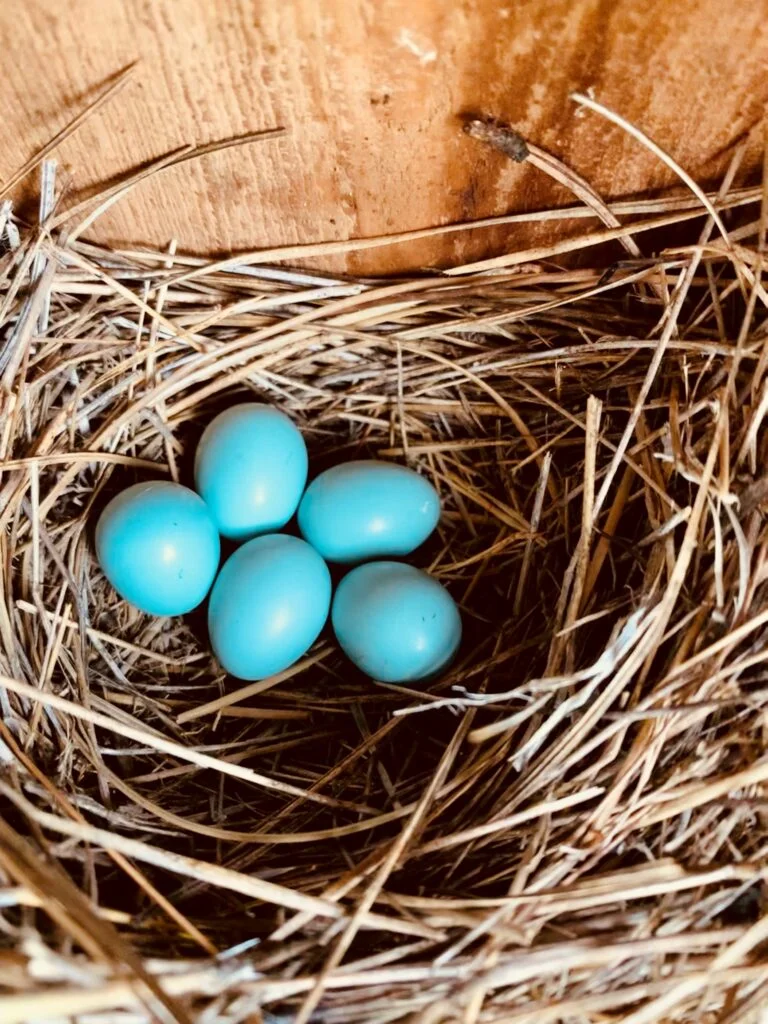
I’m no expert on CSP or the JBLM Fish and Wildlife internship, but I can offer you my observations and thoughts.
In addition to discovering all kinds of fungi, I was able to do things I was completely unfamiliar with after eight years of being a desk jockey.
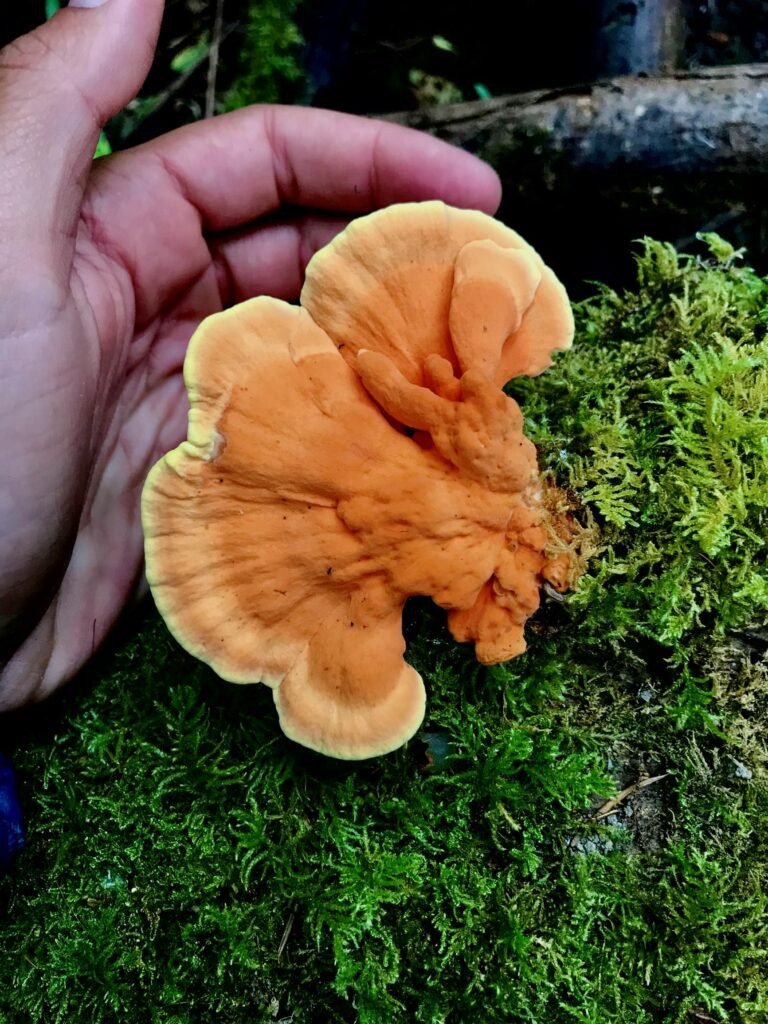
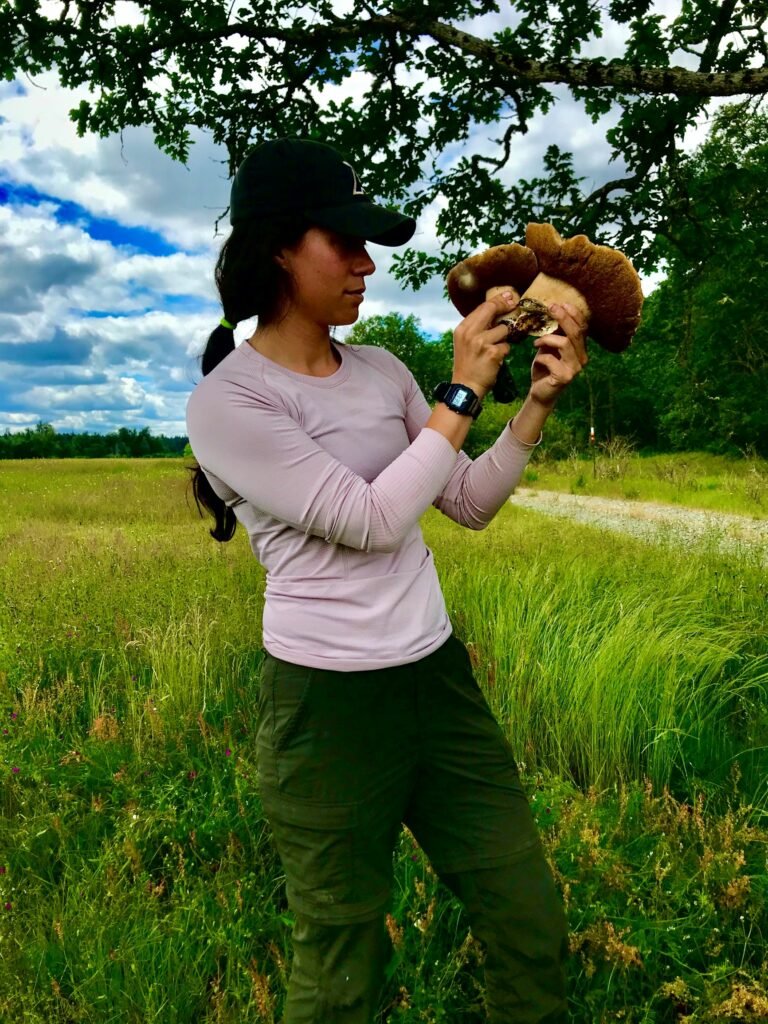
Some days I was in waders or a kayak assisting with a western toad survey…


Some days I was able to assist with collecting bluebird nest and fledgling data…

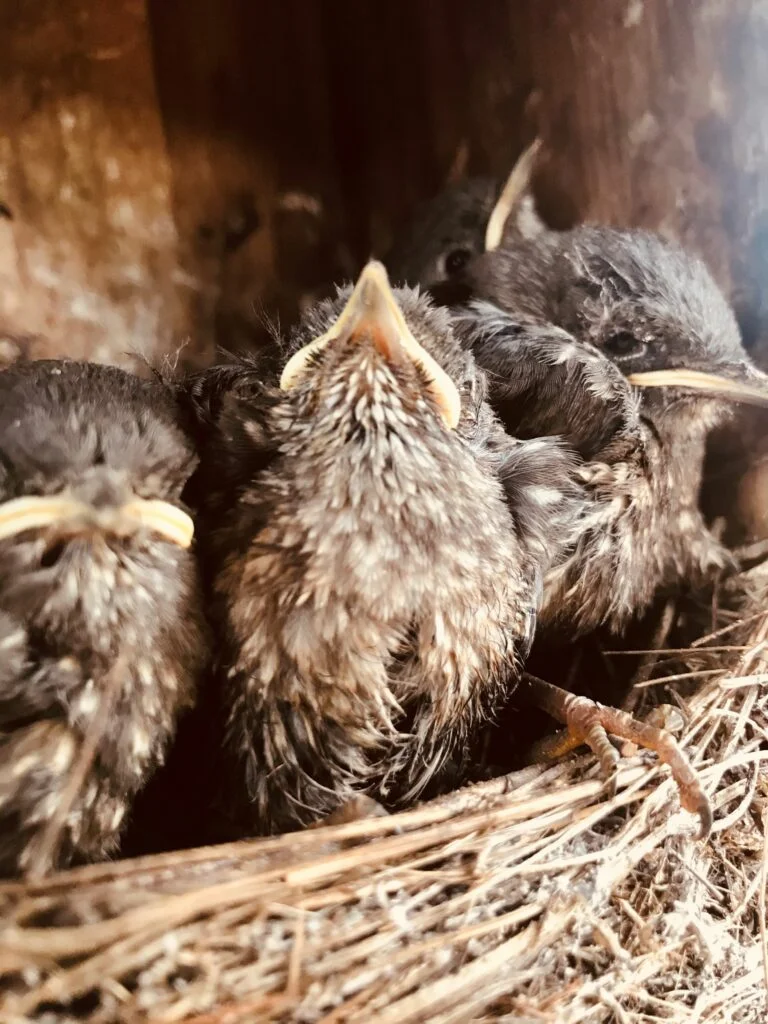
Some days I helped to remove non-native plant species (daisies) aka pulling weeds, as I assisted a botanist with a prairie habitat restoration project…

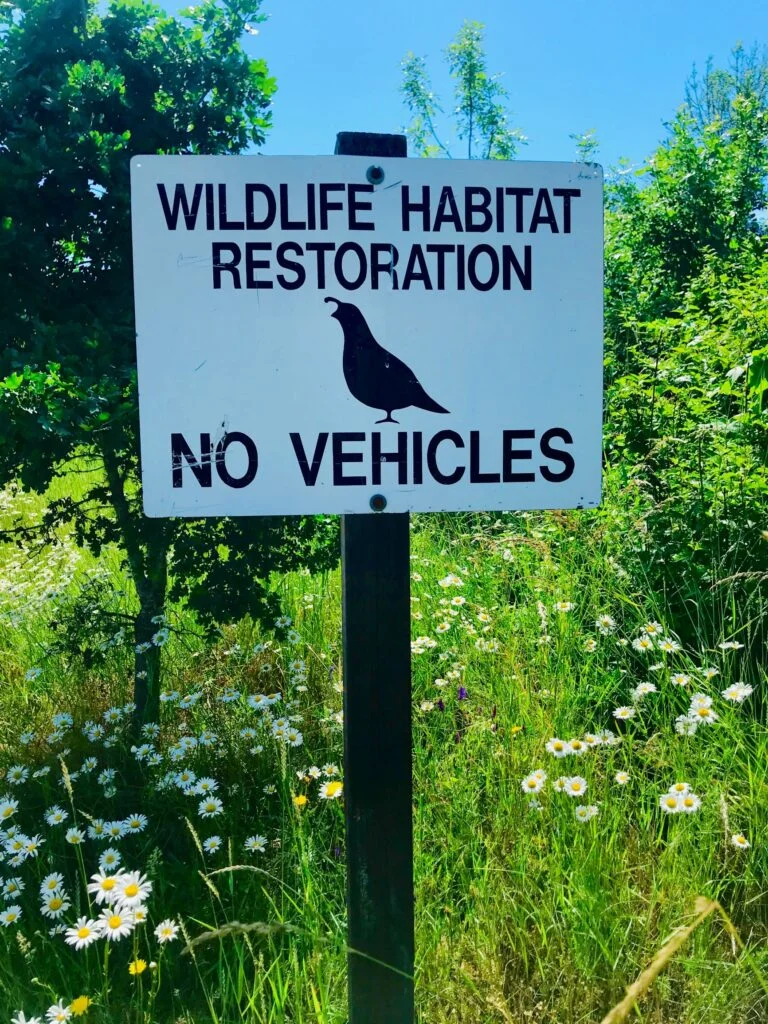
Some days I got to spend learning about prescribed (controlled) burning for ecological purposes and all of the planning, preparation, and work that goes along with that…
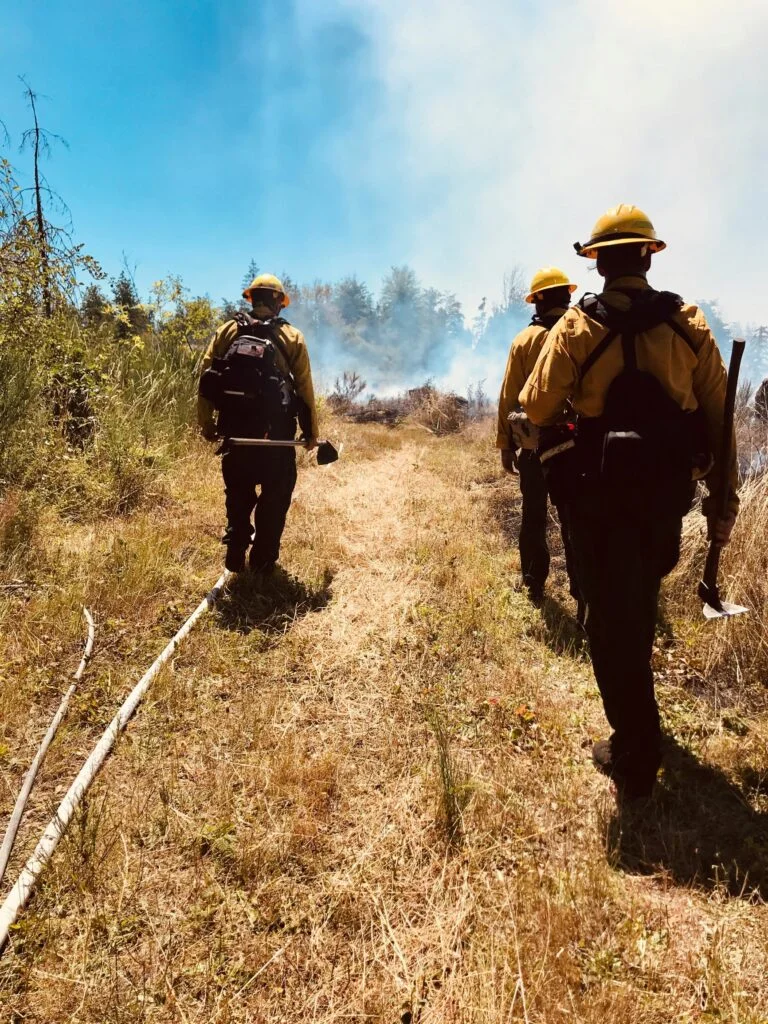
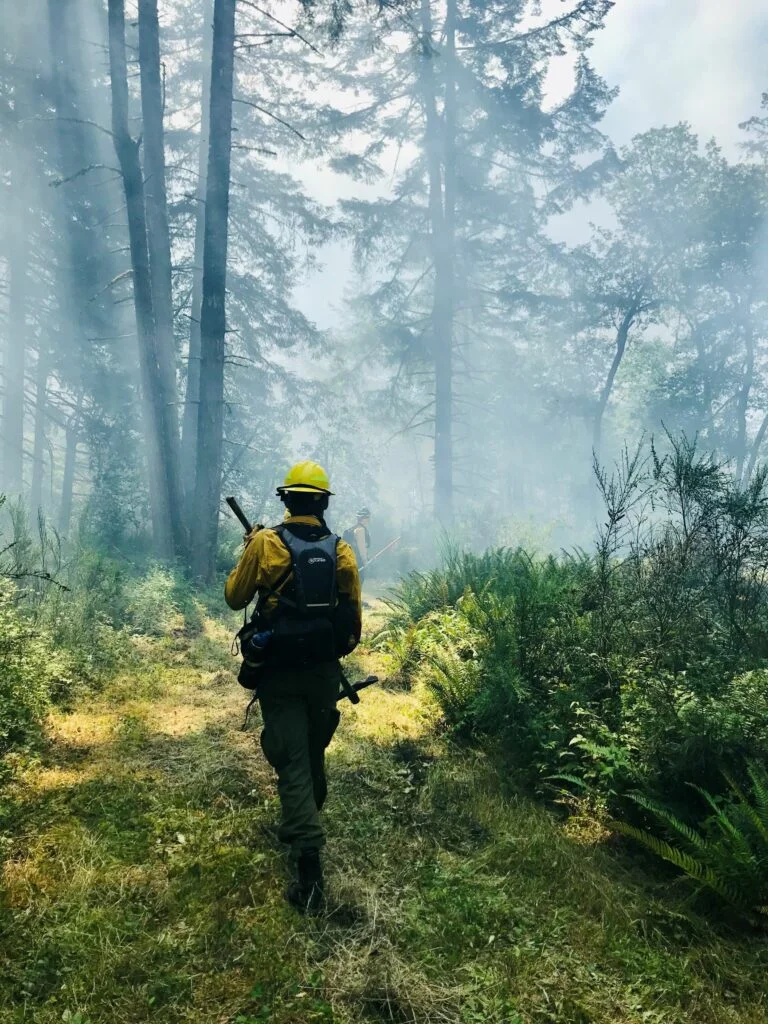
Overall, most days I got to be outside, breathe fresh air, soak up sunshine, eat lunch (what a concept) with a view, experience absolutely zero work-induced stress, work alongside friendly people, and learn something new every day. This came along with a healthy dose of manual labor. It was definitely a great way to deprogram and reset on my way out of the Army. 10/10 recommend!
According to one former soldier, “I could not have imagined a better six-month transition out of the Army.”
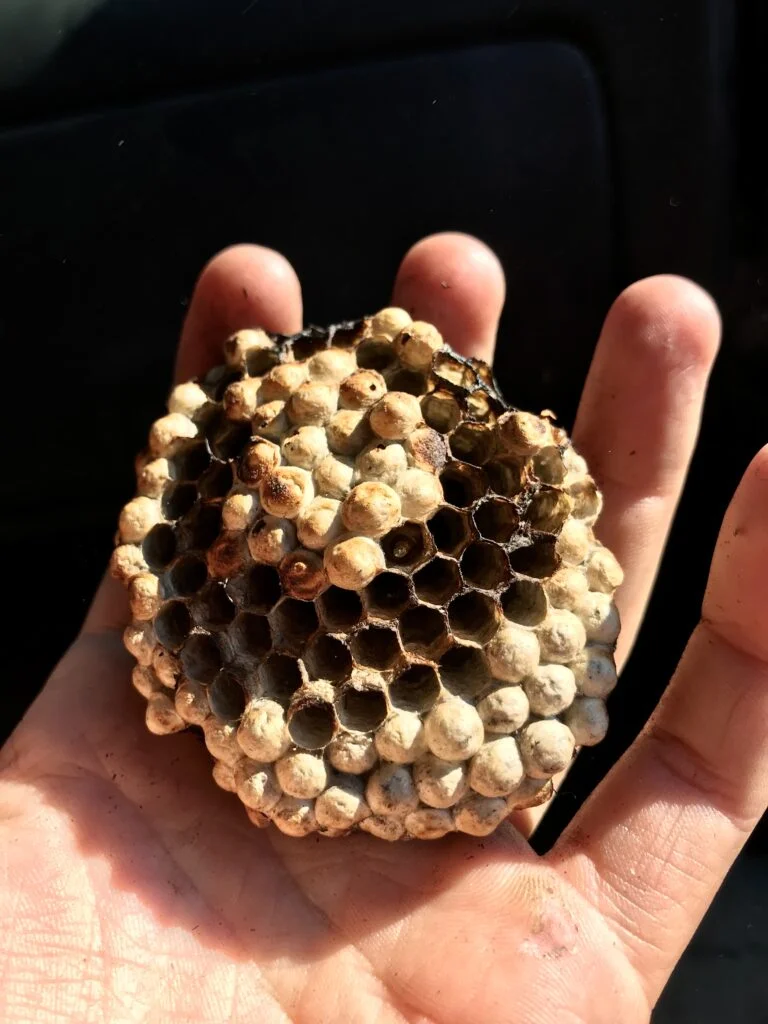
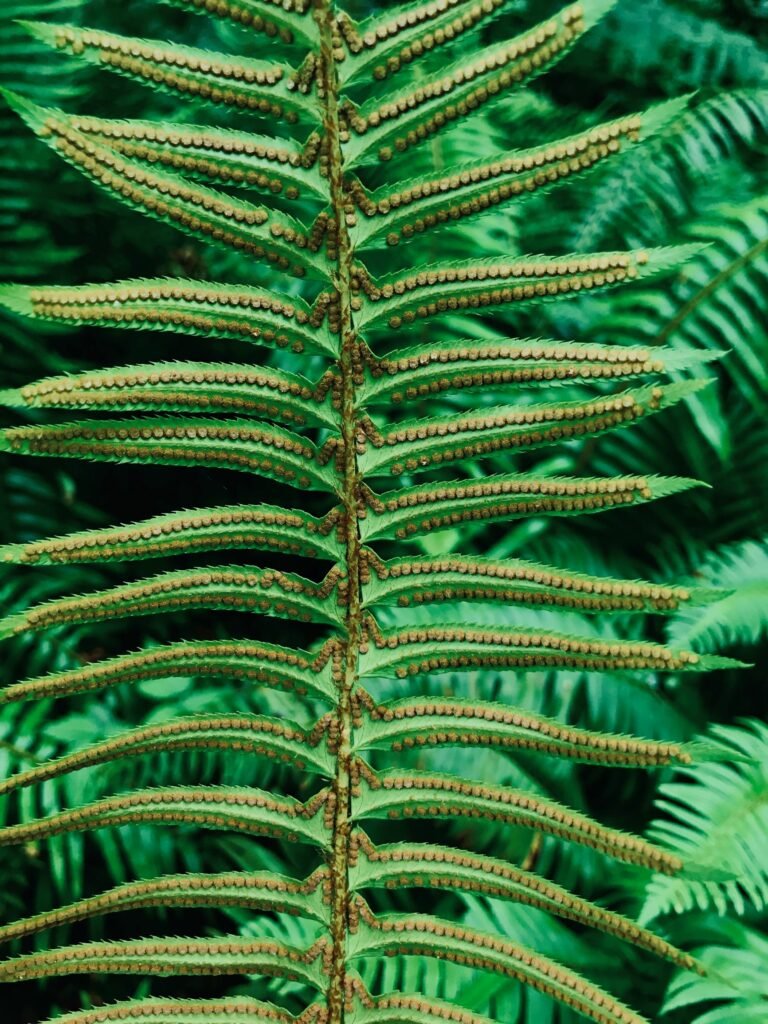
RESOURCES
Please keep in mind that these are documents that I received from former soldiers who have gone through this program. These are not necessarily the official updated documents that CSP requires you to submit. This is really to give you an idea of what type of information and forms you MAY be asked to complete so you can start working ahead on this or see if it’s a feasible option for you. I literally only needed to use ONE of the documents listed below but experiences will vary. Visit your installation’s SFL-TAP office and CSP point of contact for the most updated information! Remember that forms get updated and every unit and installation is different so what they require may be different. I know that’s frustrating, but hope this at least gives you some idea of what you’re getting yourself into! To get in touch with JBLM Fish and Wildlife, click the link below for “Fish and Wildlife Flyer,” and the primary POC is at the bottom. Dennis is awesome and he’ll respond with additional information about the internship.
